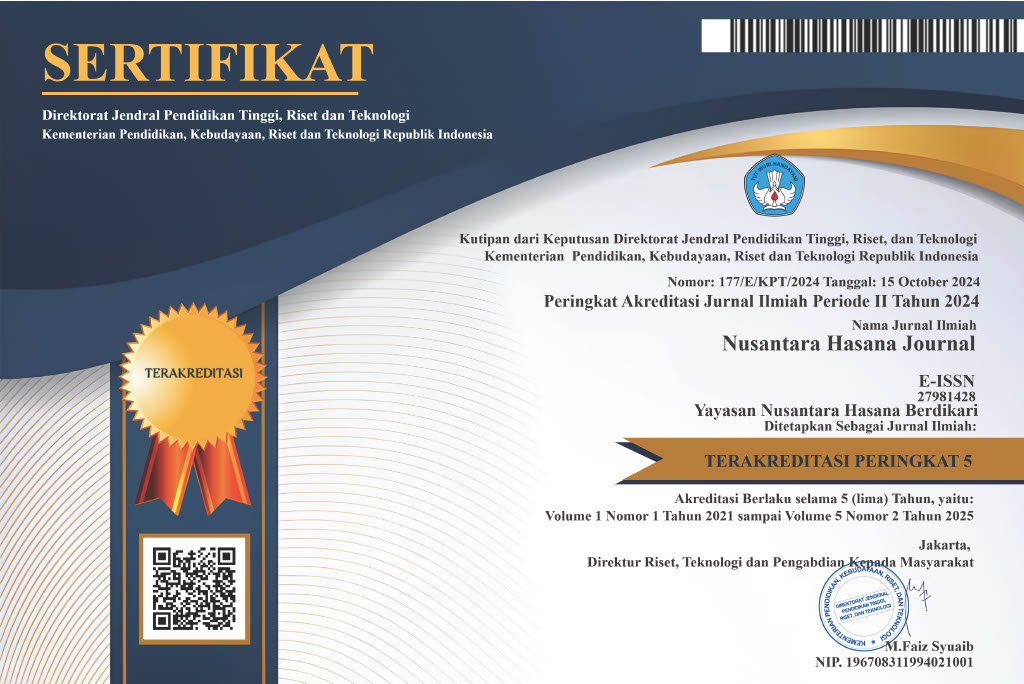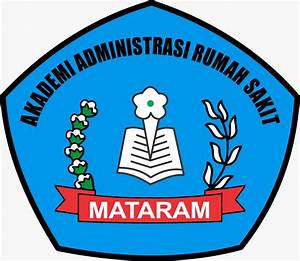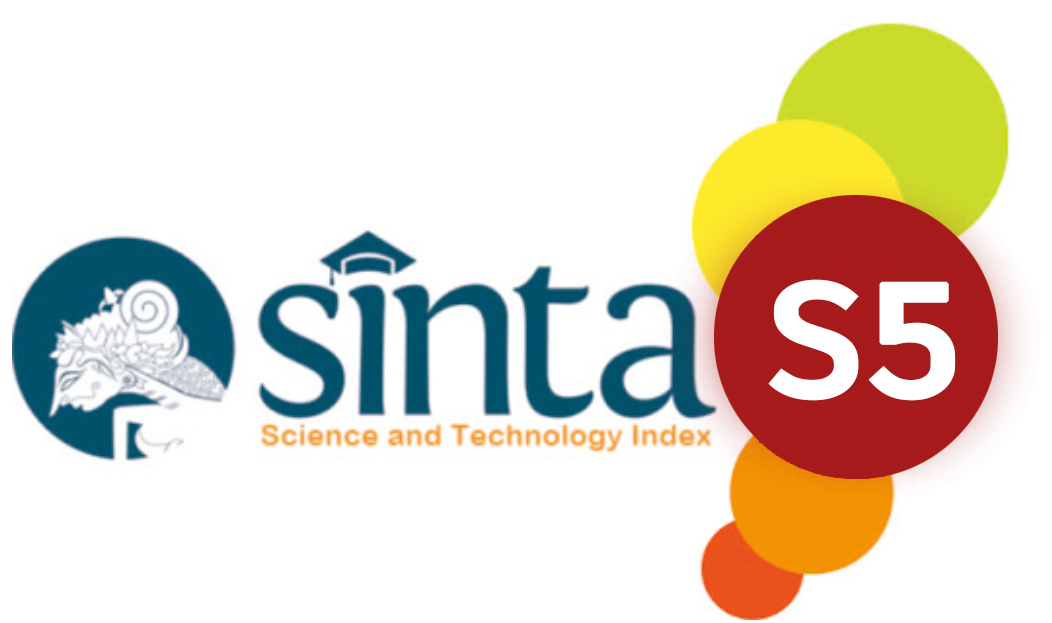THE RELATIONSHIP BETWEEN EXCLUSIVE BREASTFEEDING AND THE INCIDENCE OF STUNTING IN TODDLERS
DOI:
https://doi.org/10.59003/nhj.v3i7.1081Keywords:
exclusive Breastfeeding, infant, stunting, toodlerAbstract
Motivation/Background. Stunting represents a prevalent health issue, particularly in lower to middle-income countries, including Indonesia. Occurring predominantly among infants, stunting is influenced by various factors such as genetics and nutritional status, primarily derived from direct dietary intake like breastfeeding. Additionally, socioeconomic factors, including household income, economic status, and food security, also contribute to stunting in young children. The adverse effects of stunting manifest in compromised growth and intellectual development, potentially impeding productivity, elevating the incidence of low birth weight, and increasing the risk of degenerative diseases. These consequences may subsequently heighten the risk of future poverty. This study aims to explore the relationship between exclusive breastfeeding and the incidence of stunting in infants. Method: The research adopts a (narrative/systematic) review methodology, guided by the PRISMA 2020 framework. Data was gathered through searches on Google Scholar and PubMed, focusing on publications from 2019 to 2023. The search keywords included "Relationship between Exclusive Breastfeeding and Stunting," "Exclusive Breastfeeding," and "Stunting." Out of 100 results from Google Scholar and 756 from PubMed, five studies were selected for inclusion in this review.Results: The review indicates that the incidence of stunting is significantly associated with the lack of exclusive breastfeeding during the first six months of life. Conclusions: There is a significant correlation between exclusive breastfeeding and the incidence of stunting in infants, underlining the importance of promoting and supporting exclusive breastfeeding to mitigate the risk of stunting and its long-term consequences
Downloads
References
United Nations-World Health Organization. UNICEF-WHO-The World Bank: Joint child malnutrition estimates - Levels and trends. Report 2019; : p.1-15.
SSGI. Hasil Survei Status Gizi Indonesia. Kementeri Kesehat Republik Indones 2023; : 77–77.
Campos AP, Vilar-Compte M, Hawkins SS. Association Between Breastfeeding and Child Overweight in Mexico. Food Nutr Bull 2021; 42: 414–426.
de Onis M, Branca F. Childhood stunting: A global perspective. Matern Child Nutr 2016; 12: 12–26.
Yi DY, Kim SY. Human breast milk composition and function in human health: From nutritional components to microbiome and micrornas. Nutrients 2021; 13. doi:10.3390/nu13093094.
Boucot A, Poinar Jr. G. Stunting. Foss Behav Compend 2010; 5: 243–243.
Kemenkes RI. Laporan Kinerja Kementerian Kesehatan 2021. Kementrian Kesehat RI 2021; : 23.
Dinkes Sumbar DK. Laporan Akuntabilitas Kinerja Instansi Pemerintah (LAKIP) Dinas Kesehatan Provinsi Sumatera Barat. 2020; 53: 1689–1699.
Suryanis I. Studi Kejadian Stunting pada Anak yang Ditinjau dari Aspek Biologi Molekuler: Literature Review. HEME Heal Med J 2022; 4: 214–219.
Pratama MR, Irwandi S. Hubungan Pemberian Asi Eksklusif Dengan Stunting Di Puskesmas Hinai Kiri, Kecamatan Secanggang, Kabupaten Langkat. J Kedokt STM (Sains dan Teknol Med 2021; 4: 17–25.
Harahap K, Sari MT. Hubungan Status Gizi, Panjang Badan Lahir Dan Pemberian Asi EksklusifDengan Kejadian Stunting Pada Anak Usia 24-59 Bulan Di Kecamatan Medan Belawan. J Ris Rumpun Ilmu Kedokt 2023; 2: 121–134.
Novayanti LH, Armini NW, Mauliku J. Hubungan Pemberian ASI Eksklusif dengan Kejadian Stunting pada Balita Umur 12-59 Bulan di Puskesmas Banjar I Tahun 2021. J Ilm Kebidanan (The J Midwifery) 2021; 9: 132–139.
Nursofiati S, Amaliah L, Nuradhiani A. Hubungan Pemberian ASI Eksklusif dan Sanitasi Lingkungan dengan Kejadian Stunting pada Balita Usia 24-59 Bulan. J Gizi Kerja dan Produkt 2023; 4: 151–159.
Downloads
Published
How to Cite
Issue
Section
License
Copyright (c) 2024 Dita Hasni

This work is licensed under a Creative Commons Attribution-NonCommercial-ShareAlike 4.0 International License.
NHJ is licensed under a Creative Commons Attribution-NonCommercial-ShareAlike 4.0 International License.
Articles in this journal are Open Access articles published under the Creative Commons CC BY-NC-SA License This license permits use, distribution and reproduction in any medium for non-commercial purposes only, provided the original work and source is properly cited.
Any derivative of the original must be distributed under the same license as the original.
























